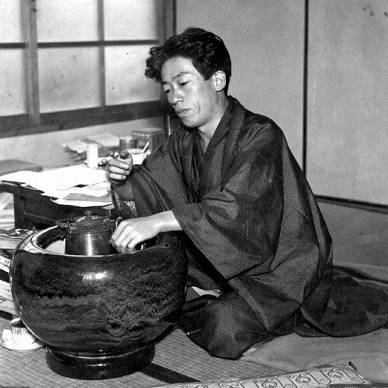Ero? Guro? Nansesnsu!
Erotic, grotesque, nonsensical: The 1912-26 Taisho Era in a catch phrase. Or — no: too simple. Rounding out the picture: tragic. It was that too. That especially.
“Taisho Democracy” was the era’s promise. It fizzled. Why? Was it flawed? Betrayed? Sabotaged? Premature? Doomed from the outset? The victim of circumstances? “What if?” — this or that hadn’t happened, or something else had? Supposing Takashi Hara — the “Great Commoner,” Japan’s first quasi-democratically elected prime minister — had not been assassinated in 1921; supposing the Great Kanto Earthquake, death to 100,000 in September 1923, had been less catastrophic, or had spared Tokyo altogether. Or supposing the famous “Rice Riots” of 1918, mass nationwide protests against soaring rice prices, had been less violent, or less brutally suppressed; or Russia’s 1917 Bolshevik Revolution less terrifying to Japan’s oppressive rulers, or less inspiring to its oppressed ruled; or World War I and its aftershocks less shattering. The imponderables of history, always great, are especially so in Taisho. Democracy, born too soon, needed loving care, gentle nurture. In their absence — better it had never been born, given the catastrophic militarism its death throes spawned.



